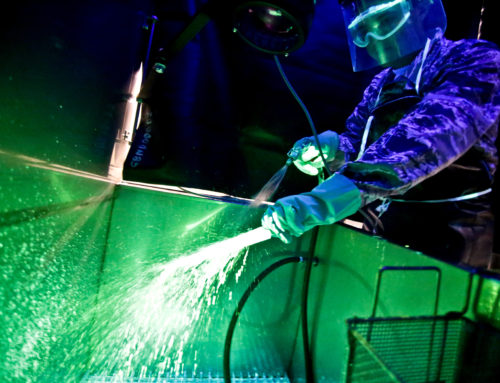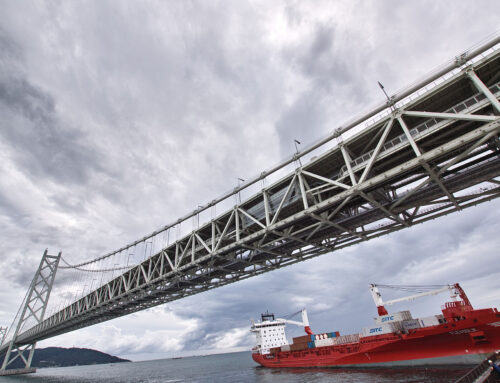Ultrasonic technology revolutionized railroad track inspection procedures over the course of the twentieth century. In 1911, a disastrous train derailment in Manchester, New York took twenty-nine lives. The accident was caused by a transverse fissure, an internal crack running perpendicular to the direction of the track, that had gone undetected in visual inspections. This incident set rail companies on a search for more advanced methods of detecting railway flaws.
Following the disaster, Dr. Elmer Sperry, contracted by the American Railway Association, developed an inspection car that could detect transverse fissures. He employed magnetic flux leakage technology, and used search coils to locate areas where the magnetic field was disrupted, which indicated a potential defect. Although the method was useful in testing, its practical applicability was compromised by the fact that the test marked too many unimportant rail features alongside defects. Since then, many new inspection methods and inspection car models have been used to improve track safety.
Today, ultrasonic railway testing is the most common technique employed in railway inspections. This nondestructive test relies on piezoelectric transducers that conduct ultrasonic waves throughout the railhead to the end of the rail and throughout the width of the track. A flaw detector sorts through the results. This procedure alerts technicians to internal or surface-level defects in the track and weak spots in the welding.
Many inspections are completed using the chase car method. A primary test vehicle traverses the track, while another car follows, verifies the findings, and reports confirmed flaws to the technician. Another common inspection method is the portable test process. In this type of inspection, a technician pushes a mobile test device over one or both rails at a walking pace. Throughout the test, the technician interprets the data on a monitor. When a flaw is detected by the software, the inspector must manually verify and report the finding. Often, this method offers the rail company a record of the findings to be used in the future, which can be helpful when comparing new results as railways degrade over time and with use. Ultrasonic testing provides a nondestructive and highly effective method of testing and monitoring railway safety.








Leave A Comment